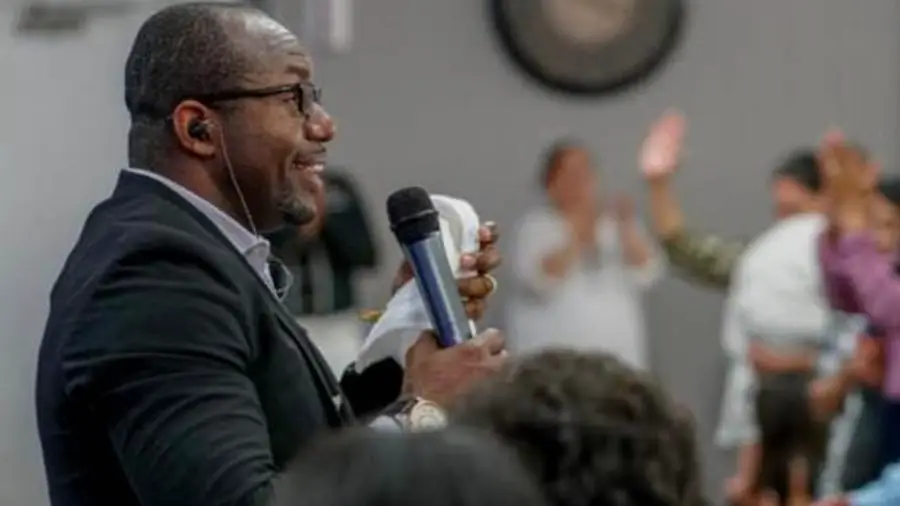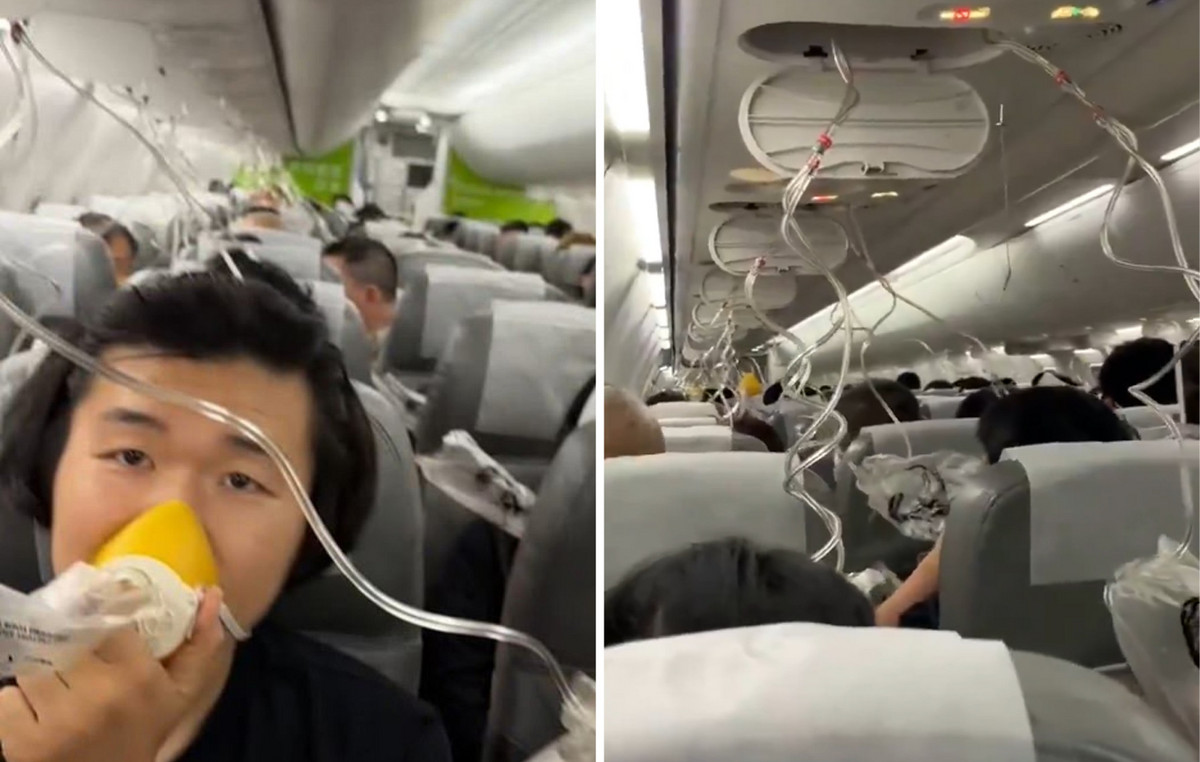US Vice President Kamala Harris visited the Demilitarized Zone, which separates North and South Korea, on Thursday, her final stop on a four-day trip to Asia.
Harris condemned North Korean leader Kim Jong Un while in the heavily reinforced region, a day after Pyongyang fired two ballistic missiles into waters off its east coast.
“This is clearly a provocation, we believe it is aimed at destabilizing the region, we are taking it very seriously, and everyone should do the same,” the vice president told reporters traveling with her entourage.
Although Harris arrived in Asia this week to participate in the state funeral by former Japanese Prime Minister Shinzo Abe in Tokyo, she also met with leaders of the Japanese, South Korean and Australian governments amid rising tensions over China’s aggression in the South China Sea and the ballistic missile program. from North Korea.
Harris’ trip was designed, in part, to reassure Asian allies of the US’s intention to fulfill its security commitments in the Indo-Pacific region.
On Thursday, Harris became the top Biden administration official to stand just meters from the border with North Korea.
During his visit, Harris went to the Ouellette observation post, where he used binoculars to observe the “Hermit Kingdom”. Images from reporters traveling with Harris show that as she stood at a lookout with a small canopy on top, some workers inside a building on the North Korean side looked at her.
“I had no doubt this would happen,” Harris said, when he heard from a US military that North Korean guards could be staring at the vice president.
While at the DMZ, Kamala Harris also met with US military personnel and their families at Camp Bonifas Dining Facility, and thanked everyone for their service.
“These lives will forever benefit from your hard work and dedication,” Harris told the troops.
She ended her visit to the DMZ with a tour of T2 Conference Row, where she received an operational briefing. However, after the tour, Harris was momentarily confused when she referred to a “US alliance with the Republic of North Korea”. An official transcript from the vice president’s office, released hours later, corrected her statement to “the Republic of Korea”, excluding “from the North” from the records.
Still, Harris commented, “The United States and the world want a Korean Peninsula that is stable and peaceful, where the Democratic People’s Republic of Korea (DPRK) is no longer a threat.”
Before visiting the DMZ on Thursday (29), the vice president met with South Korean President Yoon Suk Yeol, with whom she discussed the threat posed by North Korea, the “importance of peace” in the Taiwan Strait. , economic and technological cooperation and other regional issues, according to the White House.
“The Vice President and President reaffirmed our alignment with the Democratic People’s Republic of Korea (DPRK) and our goal of complete denuclearization of the Korean Peninsula,” the White House said in a later statement.
During the meeting, Harris called the US-South Korea alliance the “building block” of regional and global security. She also reaffirmed the “goal of complete denuclearization of the Korean Peninsula”, and condemned North Korea’s “provocative nuclear rhetoric” and ballistic missile launches, according to a White House note.
In Seoul, Harris also met with a group of leading women in the industry before heading to the DMZ – an area often described as one of the most heavily armed frontiers in the world.
The DMZ has long been a destination for US presidents and vice presidents on official visits to South Korea, where they were photographed looking through binoculars into North Korean-controlled territory.
Joe Biden visited the DMZ when he was vice president, but he hasn’t been there since he assumed the presidency. Donald Trump was the last president to visit the region. In 2019, Trump shook hands with Kim Jong Un and took 20 steps inside North Korea, making history as the first US leader to set foot in the country.
Harris’ visit came a day after North Korea fired two short-range ballistic missiles from the Sunan area of Pyongyang, according to the South Korean General Staff (JCS).
The missiles had a flight range of about 360 kilometers, an altitude of 30 kilometers, and a speed of Mach 6, or six times the speed of sound, the JCS said.
“The military has reinforced surveillance and is maintaining a posture of complete preparedness, while cooperating closely with the US,” he said.
According to a count carried out by CNN, this is the 20th missile launch by North Korea in 2022, which followed another firing on September 25 – just before Harris arrived in the region.
After Harris left South Korea to return to Washington on Thursday, the South Korean military detected two more short-range ballistic missiles launched from the Sunchon area of South Pyongan province in North Korea, according to a statement from the South Korean General Staff (JCS).
Speaking aboard the USS Howard at Japan’s Yokosuka Naval Base on Wednesday, Harris criticized North Korea’s recent missile fire as “part of its illicit weapons program that threatens regional stability and violates multiple Security Council resolutions.” of the UN”.
At a Wednesday news conference, White House Press Secretary Karine Jean-Pierre declined to answer whether the launch could have been timed to coincide with Harris’ visit, saying the tests “are not uncommon” for North Korea.
The United States and South Korea have also been conducting joint naval exercises with the USS Ronald Reagan aircraft carrier since Monday.
Source: CNN Brasil
I’m James Harper, a highly experienced and accomplished news writer for World Stock Market. I have been writing in the Politics section of the website for over five years, providing readers with up-to-date and insightful information about current events in politics. My work is widely read and respected by many industry professionals as well as laymen.







